Farewell Heisei: How Japan’s Imperial Transition Ushers in a New Era of Hope and History
Japan bid farewell to the Heisei Era as Emperor Akihito became the first monarch in over 200 years to abdicate, setting the stage for Crown Prince Naruhito’s rise and the birth of a new imperial era. This rare transition not only marks a historical moment but also reshapes national identity, public memory, and everyday life through Japan’s uniquely preserved nengo calendar system.
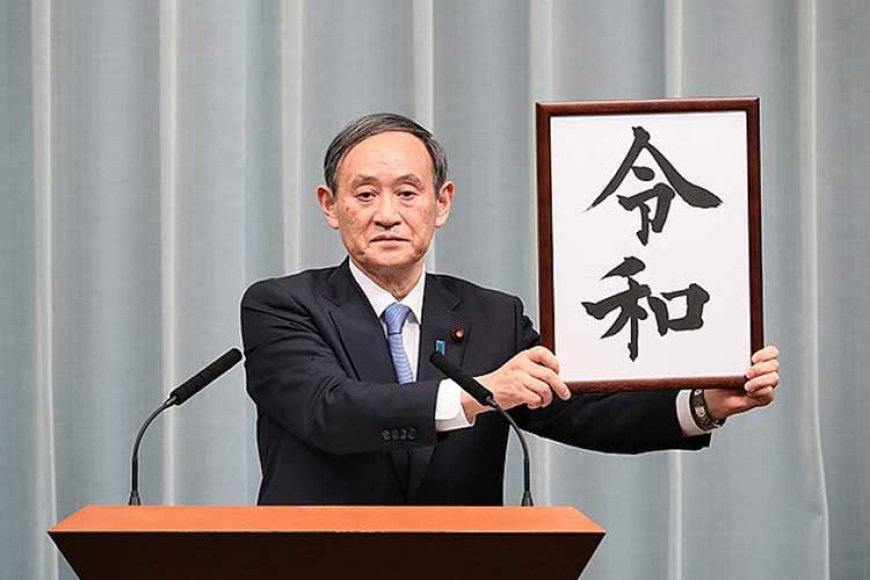
A Monarch’s Historic Abdication: The End of an Era
On August 8, 2016, Emperor Akihito addressed the Japanese nation, expressing his desire to abdicate due to old age. This unprecedented move required a special law passed by Japan's National Diet in June 2017, making him the first emperor to abdicate in over two centuries. His formal abdication on April 30, 2019, officially ended the Heisei Era, which began in 1989 following the death of Emperor Hirohito.
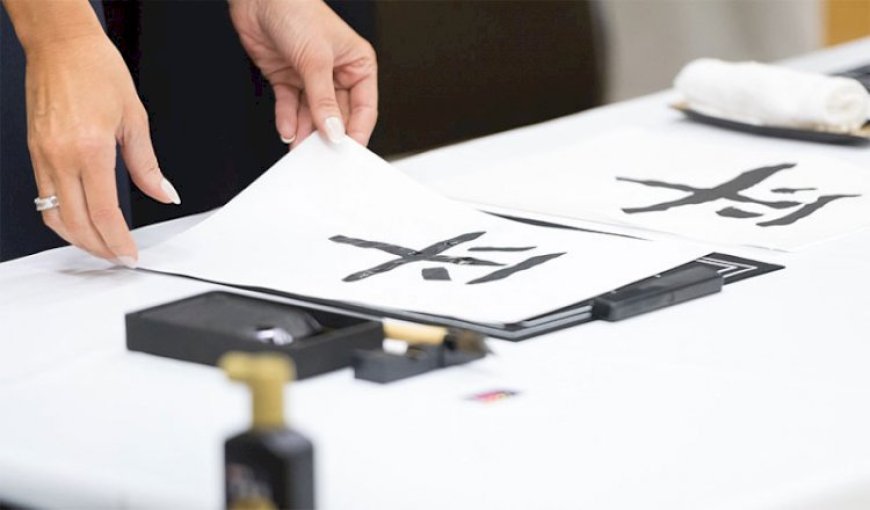 Heisei "平成" in calligraphy Credit: The White House from Washington, DC
Heisei "平成" in calligraphy Credit: The White House from Washington, DC
Heisei Era: Peace, Reflection, and National Memory
Heisei (平成), meaning “achieving peace,” represented three decades of significant transformation for Japan. From economic stagnation and natural disasters to technological advancements and cultural shifts, the era shaped a generation's memory. Though modern Japan uses the Gregorian calendar, Heisei remains a cultural touchstone through its imprint on documents, events, and everyday language.
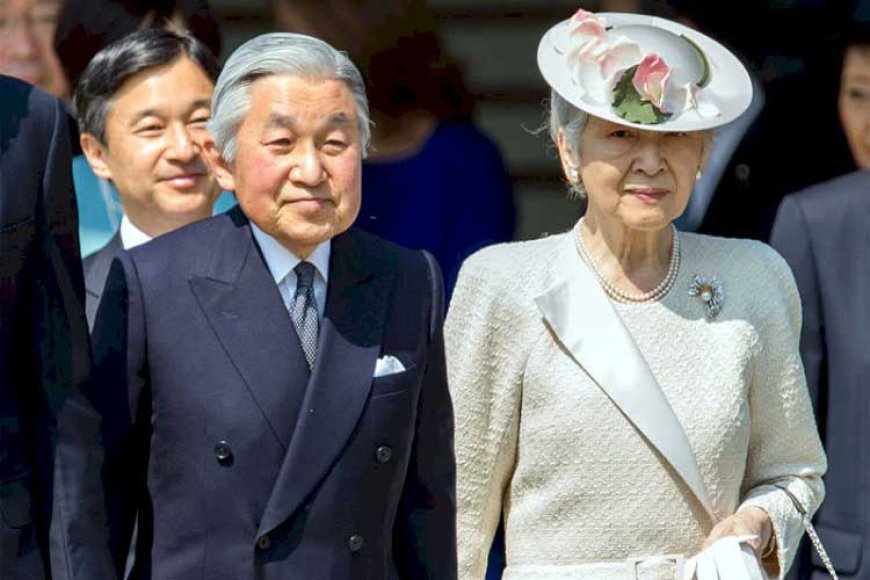 Emperor Akihito and Empress Michiko with Crown Prince Naruhito on their visit to Washington, D.C. Credit: State Department photo by William Ng
Emperor Akihito and Empress Michiko with Crown Prince Naruhito on their visit to Washington, D.C. Credit: State Department photo by William Ng
The Tradition of Era Naming in Japan
The tradition of assigning an era name, known as nengo or gengo, traces back to 645 AD and continues to be a uniquely Japanese system. A new era name is only announced upon imperial succession and must meet strict criteria: two kanji characters, easy readability, originality, and no repetition of past eras. Chosen by a confidential panel of scholars and ministers, the new name symbolizes national rebirth and continuity.
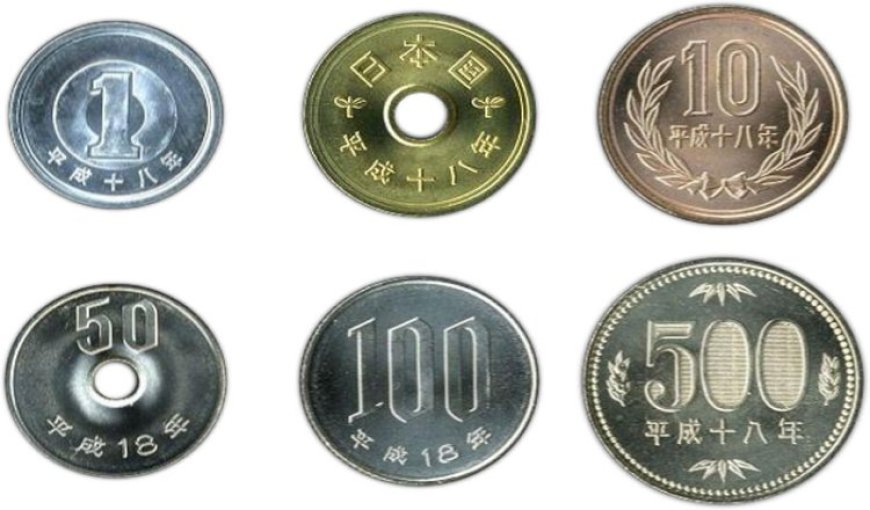 Japanese "Heisei" 平成 coins
Japanese "Heisei" 平成 coins
More Than a Name: Why the Era System Still Matters Today
Despite global modernization, Japan remains the only country to officially use an era-based calendar system alongside the Gregorian calendar. The nengo appears on everything from driver’s licenses and legal papers to newspapers and textbooks. As such, the introduction of a new era deeply affects government operations, public services, and how citizens frame historical and personal timelines.
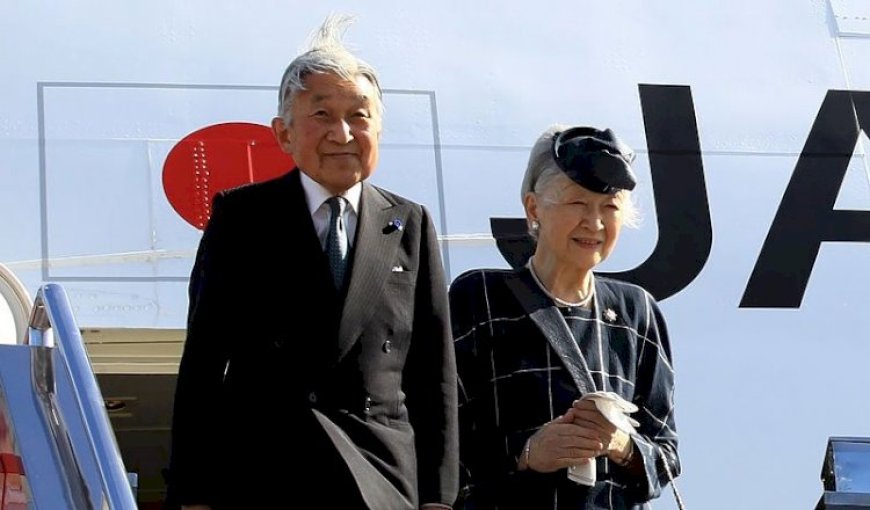 Japanese Emperor Akihito and Empress Michiko on arrival in Manila Tuesday, January 26, 2016, on a five-day tour to pay their respects for those who lost their lives there during World War II Credit: Malacanang Photo Bureau
Japanese Emperor Akihito and Empress Michiko on arrival in Manila Tuesday, January 26, 2016, on a five-day tour to pay their respects for those who lost their lives there during World War II Credit: Malacanang Photo Bureau
A New Dawn: From Heisei to Reiwa and Beyond
With the ascension of Crown Prince Naruhito on May 1, 2019, Japan entered the Reiwa Era (令和), symbolizing “beautiful harmony.” The transition marked not only a change in leadership but also an emotional shift for the nation—one of renewal, forward-thinking, and cultural continuity. As Japan embraces its new chapter, the echoes of Heisei will serve as both a reminder of past resilience and a foundation for future growth.
Nipino.com is committed to providing you with accurate and genuine content. Let us know your opinion by clicking HERE.




































































